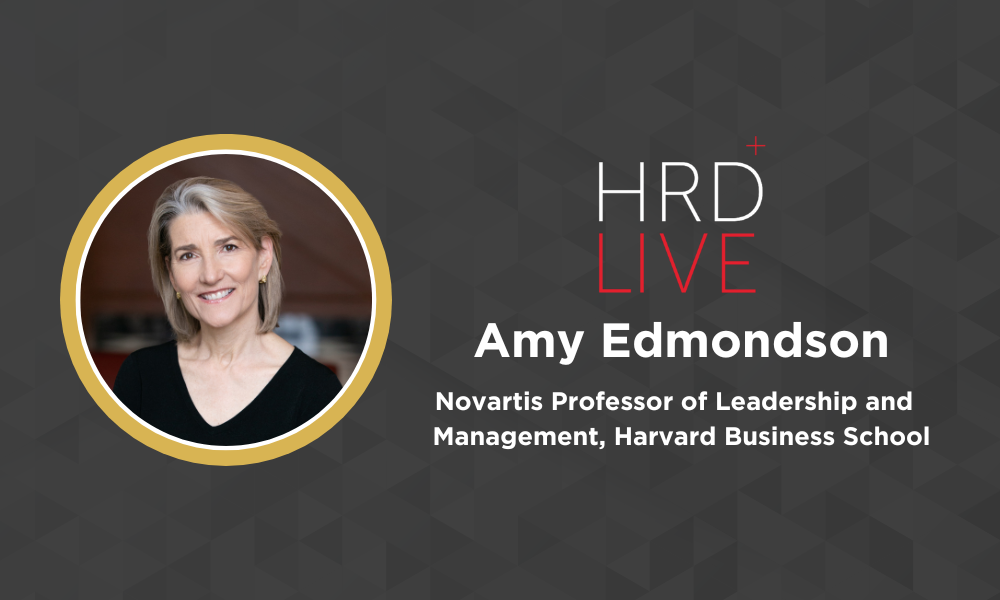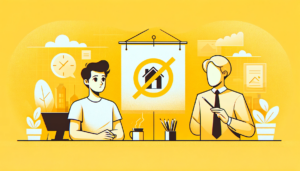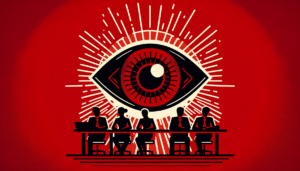Amy Edmondson: Avoiding obsolescence by creating a healthy failure culture
- 3 Min Read
Amy Edmondson joins the HRD live podcast to discuss the concept of a failure culture and learning in the world of HR, including the implications for L&D, people, and performance management.
- Author: Benjamin Broomfield
- Date published: Oct 4, 2023
- Categories

Podcast: Play in new window | Download Subscribe: RSS
HR leaders are responsible for creating organizations that promote failure rather than punish it. Jeff Bezos has famously described Amazon as “the best place in the world to fail”, but the e-commerce behemoth is far from alone in its approach. General Electric’s FastWorks program embraces failing fast, Ray Dalio’s TED Talk on Bridgewater Associates’ Radical Transparency model has been viewed over 1 million times, and even the humble Post-it Note was a byproduct of a failed adhesive experiment at 3M. Establishing a failure culture is now a critical responsibility for HR and L&D teams to cope with rapid change, and drive innovation, productivity, and engagement.
Amy Edmondson joins the HRD live podcast to discuss the concept of failure and learning in the world of HR, and what this means for L&D, people, and performance management.
What makes up a healthy failure culture?
Without a failure culture in place, Edmondson argues it’s “only a matter of time” before obsolescence sets in. “If your company’s not innovating, if your company’s not pushing the envelope on products and services and processes, then over time, it will be in trouble,” she explains. She recommends several fundamental components, systems, and practices for establishing a failure culture:
- Distinguishing between intelligent failure and preventable failure
- Establishing psychological safety as a crucial cultural component of failure
- Developing people to have the skill and the emotional intelligence to have productive responses to failure
Timestamps
00:10 – Introduction
00:54 – As we head towards an uncertain and unclear future of work, why do organizations need to shift their approach to ‘failure’?
01:41 – What are the fundamental components of a healthy failure culture, and how can HR leaders establish them?
03:55 – What systems do organizations need to put in place to ensure all employees have the psychological safety to embrace failure?
06:40 – How can L&D and People leaders circulate learnings from failure throughout teams or the organization?
07:40 – What are some common barriers to implementing a healthy failure culture that HR leaders should prepare to come up against?
09:18 – How can HR leaders tie failure to performance management to reward intelligent failure?
11:00 – What are the dangers of failing poorly, and what implications will this have for organizations in a future of accelerated change?
Amy is the Novartis Professor of Leadership and Management at the Harvard Business School, renowned for her research on psychological safety over twenty years. Her award-winning work has appeared in The New York Times, The Wall Street Journal, the Financial Times, Psychology Today, Fast Company, Harvard Business Review, and more. Named by Thinkers50 in 2021 as the #1 Management Thinker in the world, Edmondson’s TED Talk “How to Turn a Group of Strangers into a Team” has been viewed over three million times. Amy is the author of Right Kind of Wrong, The Fearless Organization, and Teaming: How Organizations Learn, Innovate, and Compete in the Knowledge.









